Authentic or not? A brief guide, inspired by Liubov Popova and the Ludwig
Scientific analysis can spot fakes, but only up to a certain point. It needs a rigorous and transparent process.
First of all, what are fakes? Secondly, what is good research about them? While visiting the exhibition at the Museum Ludwig in Cologne on forged Russian avant-garde works and reading the catalogue Russian avant-garde in the Museum Ludwig. Original and fake. Questions, research, explanations, these questions come natural. The theme of fake artworks from the Russian avant-garde, an interesting topic yet too wide to be discussed in depth here, is nonetheless especially important due to the large sales of “non-correct” pieces now belonging to various collections: a problem that affects lots of other art too, for example works by Modigliani and the Italian futurists, particularly Balla and Depero.
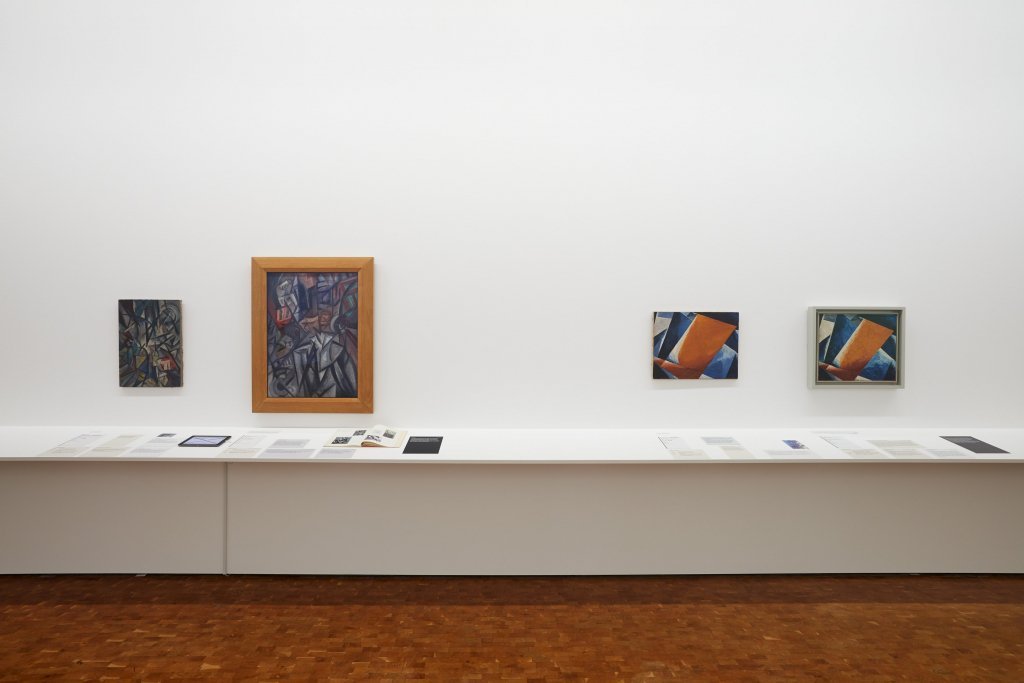
About authenticity
We can define a fake as anything that is false, substantially untrue but believed to be true, or intended to be passed off as true. In the art field, a fake can be a work made, sold or exhibited with a wrong attribution, or with the intention to present it as if it were an authentic work by a specific author, or belonging to a specific school or period. An artefact is always authentic in respect to its real author, but it can be attributed to somebody else for many reasons. For example, the author or someone else might have put a wrong signature, or someone might have made a mistake in recognizing the style of another artist without specific documentation about it.
Let’s think about copies: they cannot be defined as fakes if they are presented as copies, but they become fakes if they are shown as original works by another author than the real one. It happens sometimes that very good academic copies of paintings on the market cannot be easily distinguished from the original and are considered copies or different versions by the same master. Another problem is about paintings made in masters’ workshops or within their circles, generally belonging to the same period of the authors and believed to be their works. For all these reasons, the word “fake” in the art world should be used with great accuracy. “Inauthentic” should be preferred in many cases.
Another issue is dating an artwork, a task made especially difficult by situations with authors like de Chirico, who backdated some of his pieces, or even produced in the style of his earlier work for different reasons, typically economical ones. Similarly to authorship, a wrong temporal attribution can completely change the value of a work.
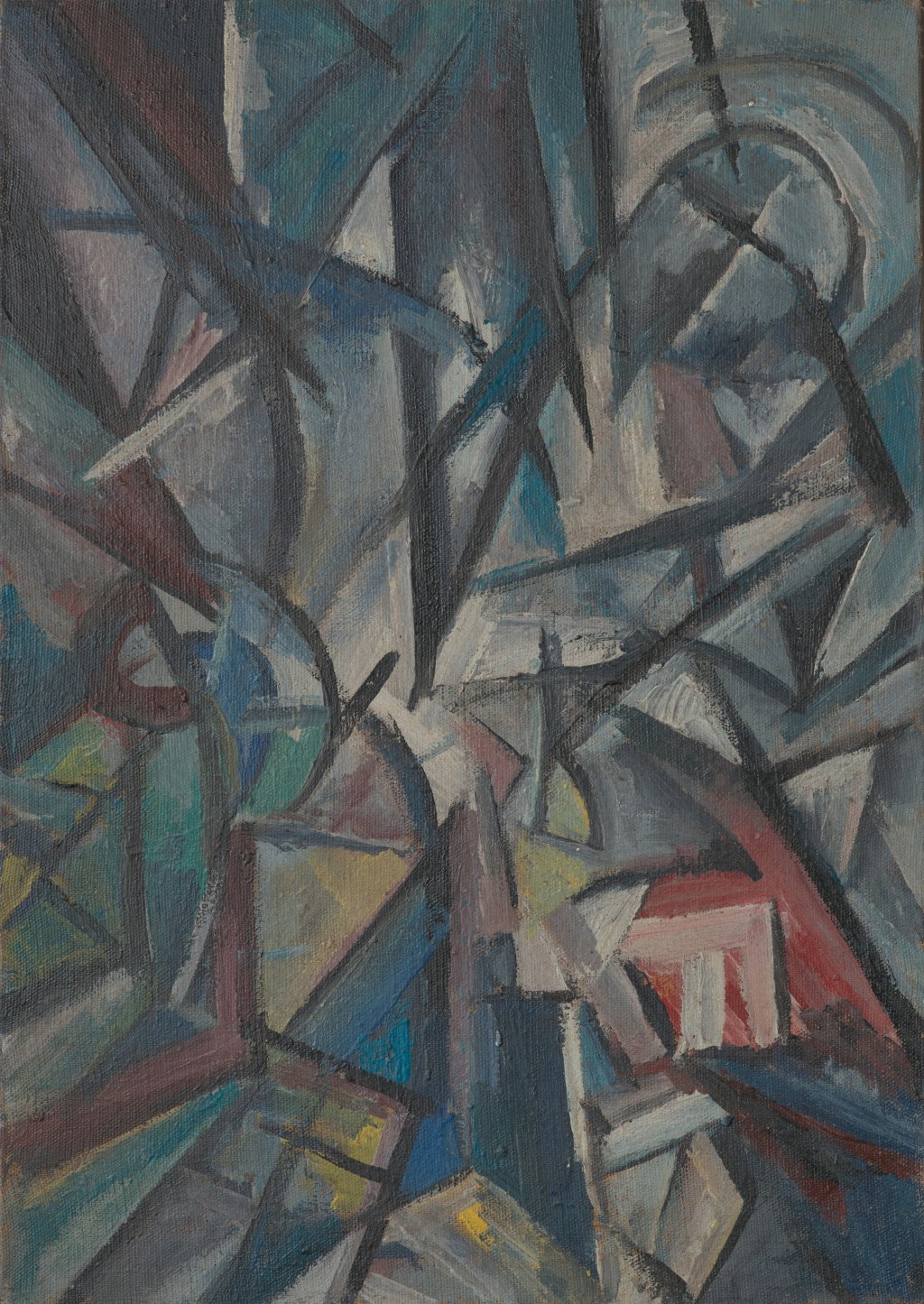
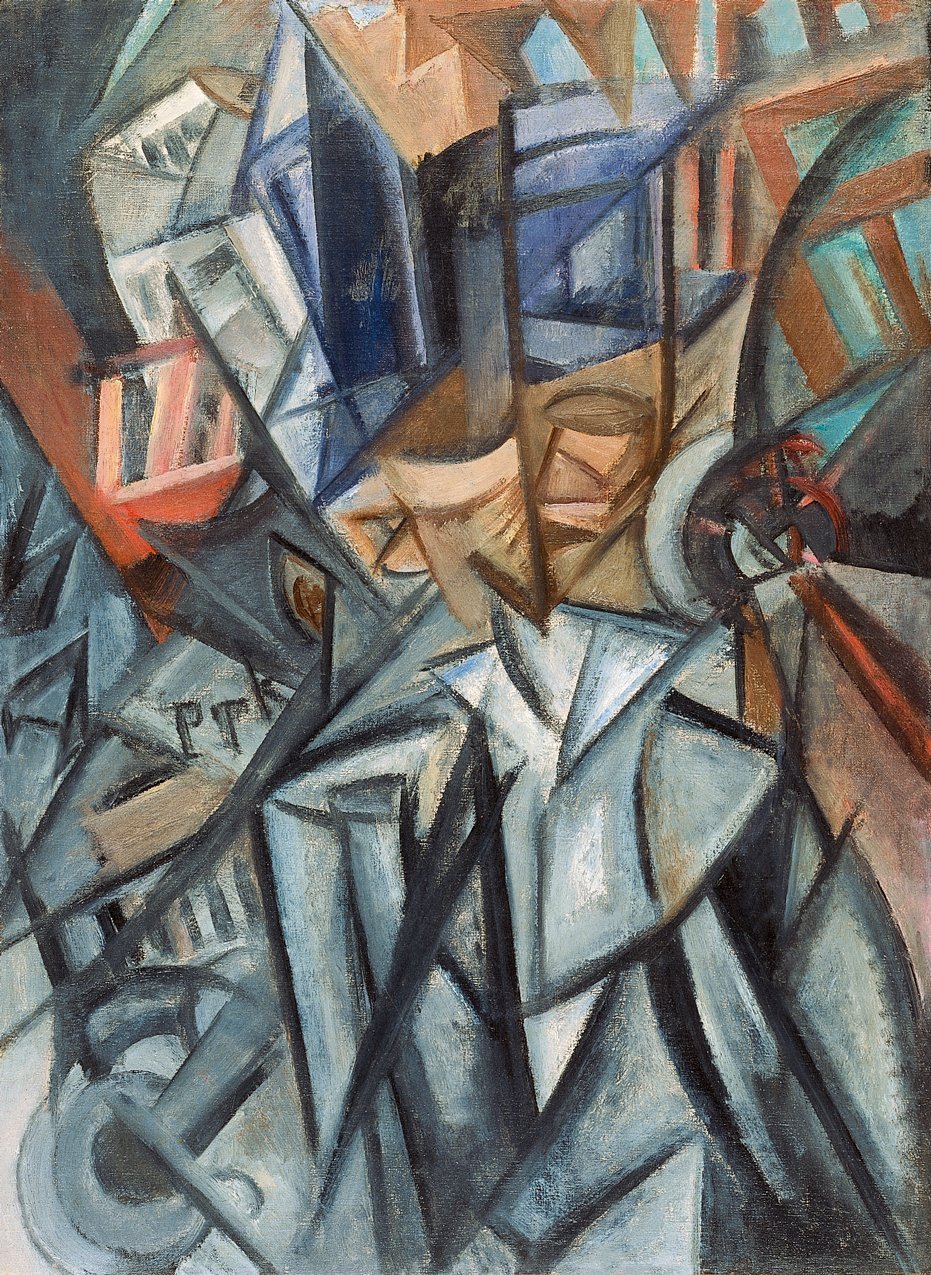
About scientific exams
Sometimes inauthentic artworks are easy to spot because of stylistic or technical errors. Other times, scientific exams are needed, although they are not always sufficient unless they are coupled with a meticulous screening of documents, conservation history, etc. The investigation can resemble a detective story. A team of people with different skills and training, i.e. art historians, historians, conservators, curators, scientists such as physicists, chemists, biologists, are all involved to unveil the truth. The role of scientific exams can be decisive, but it is not always so.
Scientists dealing with the authentication of artefacts usually say it is easier to prove a work inauthentic than the opposite. This idea might sound like a paradox, but an important truth hides behind it: if consistent scientific data shows incoherencies with the supposed age or author (for many reasons, the former is more common than the latter), the work must be considered inauthentic or at least wrongly dated. When you find materials and manufacturing techniques that are coherent with the age, you cannot prove through scientific analyses that the work is an imitation, not even a very clever one.
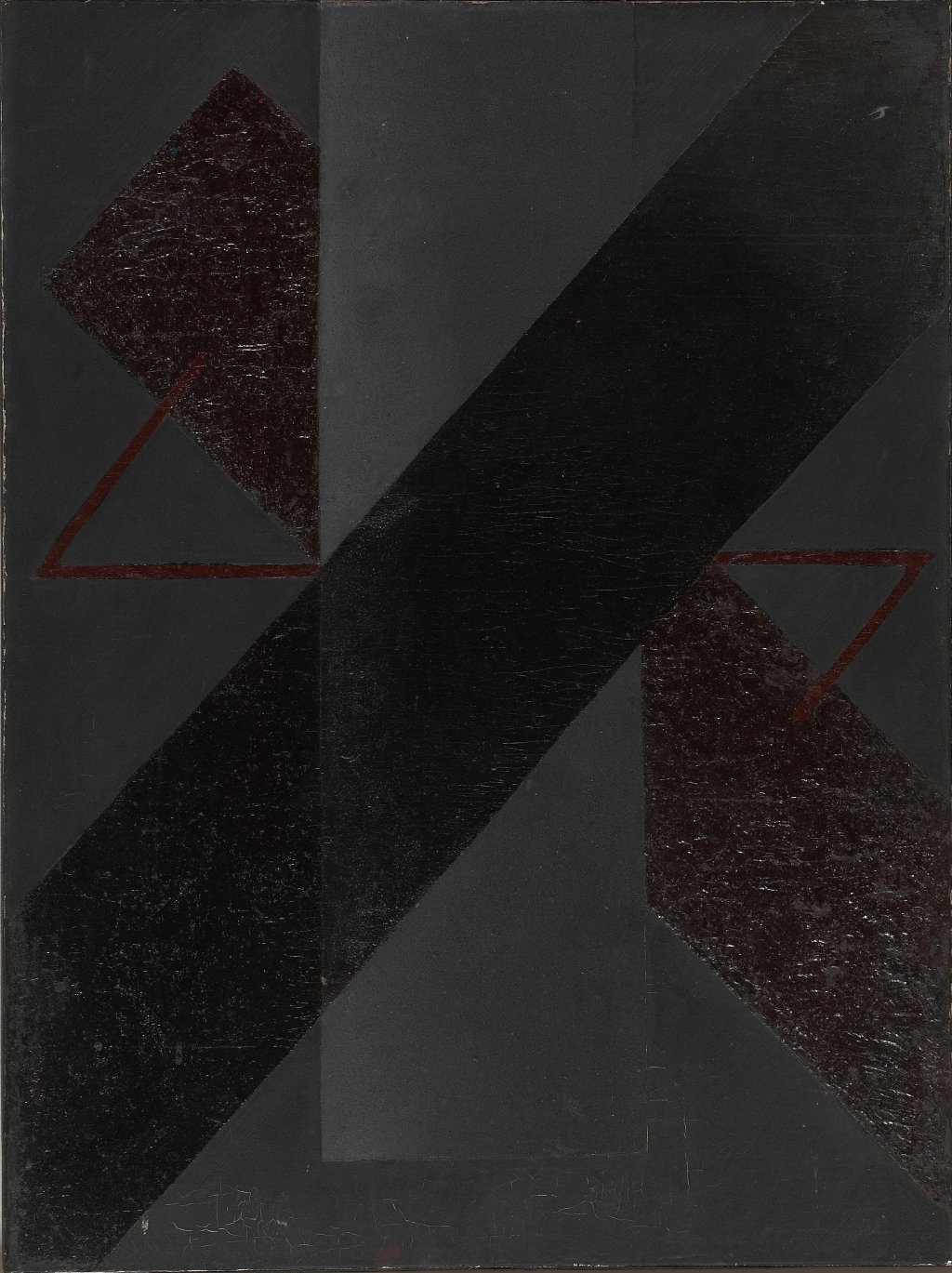

Scientific analyses can show that original materials, i.e., materials that were not later introduced by restorations or manipulations, don’t belong to the supposedly original period of the artwork. Scientific examination must be specific to the piece in question, focusing on specific parts of the object if not its entirety. Analyses are classified in categories. For example, they can be either invasive (think of taking samples) or non invasive; either micro or macro; either spectroscopic or not spectroscopic (think of imaging in different wavelengths and microscopies); either following direct dating methods (carbon-14 or dendrochronology) or indirect ones. The latter can find materials produced later than the presumed age of the work, or no longer produced at that time.
To answer the second question we asked at the beginning of the article, good research in relation to forgery and attribution is a complex dialogue between real experts and a seriously documented procedure of scientific analyses. Good research implies not only good scientists, proper analyses and instruments, but also a detailed presentation of the analytical methodologies and instruments used (the so-called “materials and methods” section of scientific papers), an accurate display of the results, and moments of discussion also with experts outside the working group. Good research requires transparency and a peer-review process: the same attitude should characterize the field we are talking about, which could be called “authentication science.”
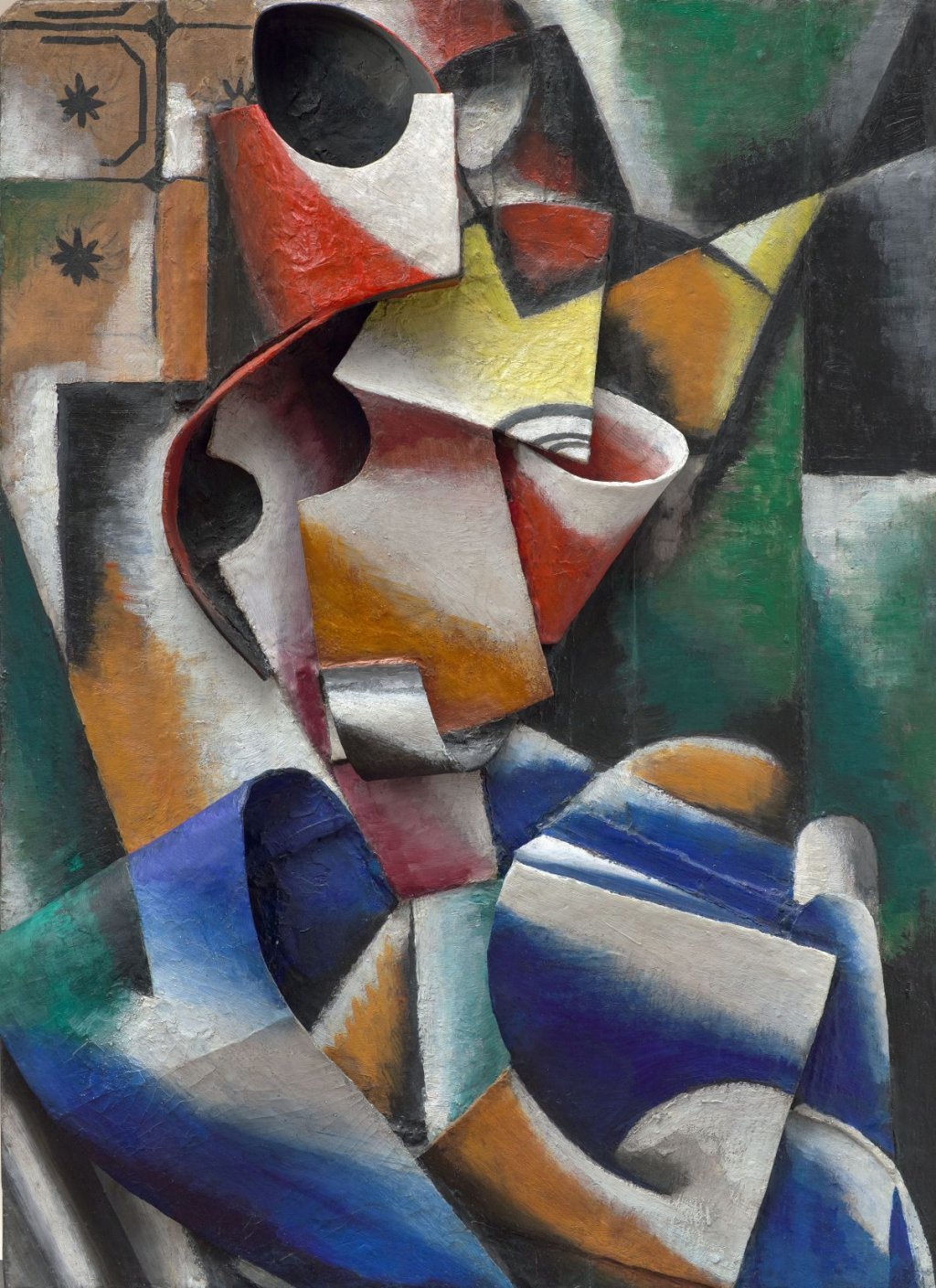
Russian Avant-Garde at the Museum Ludwig: Original and Fake. Questions, Research, Explanations
The exhibition at the Museum Ludwig and its catalogue present works from the museum’s collections that are considered false or questionable, displayed next to paintings of sure attribution and correct dating. Experts from different institutions carried out a set of scientific analyses on these artworks, both non-invasive and micro-invasive. This occasion seems particularly important as the Ludwig collection is among the most renown comprising Russian avant-garde art outside Russia, including some masterpieces by Malevich, Goncharova, Larionov, Rodchenko and Popova.
Every museum should regularly carry out research on the works in their collections to verify their authenticity and proper temporal attribution if those are questioned: it happens for important museums around the world, which do not typically disseminate the results if the works are found inauthentic. Hence the German museum seems especially courageous in exposing the findings in an exhibition instead of confining them to the small world of experts. The show stresses the educational potential of authentication research, also confirming the institution is not afraid of dealing with scientific findings that might lead to the depreciation of its artworks.
On the critical side, the exhibition at Museum Ludwig unfortunately falls short of the requisites of good research as we presented above, or at least of good presentation of research. The data is not exposed in sufficient detail, and no external support like an online pdf is provided to those visitors wanting to go deeper into questions or read the scientific reports that were hopefully produced. More pages in the catalogue or an online appendix would have also permitted to share further details of a number of paintings, for example the photographs of their back, details and spectra, the measurement points: all things useful for the scientific community, including art historians.

Mikhail Larionov, Rayonism Red and Blue (Beach), 1913. Oil on canvas 52 x 68 cm. Museum Ludwig, Cologne. © VG Bild-Kunst, Bonn 2020 Photo: Rheinisches Bildarchiv, Cologne/ Russian Avantgarde Research Project. 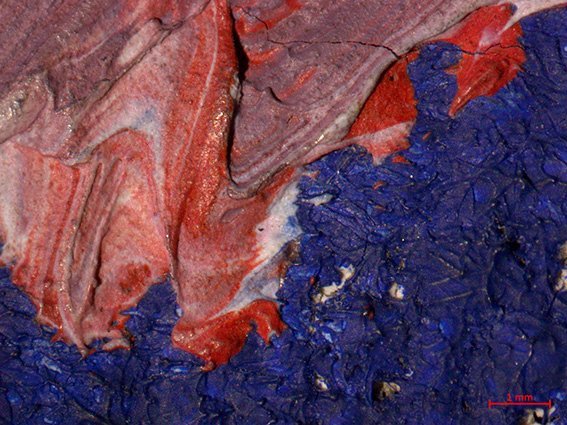
Mikhail Larionov, detail paint application, microscopic photograph Rayonism Red and Blue (Beach), 1913. Museum Ludwig Cologne ML 1333. Photo: Verena Franken/Russian Avantgarde Research Project.
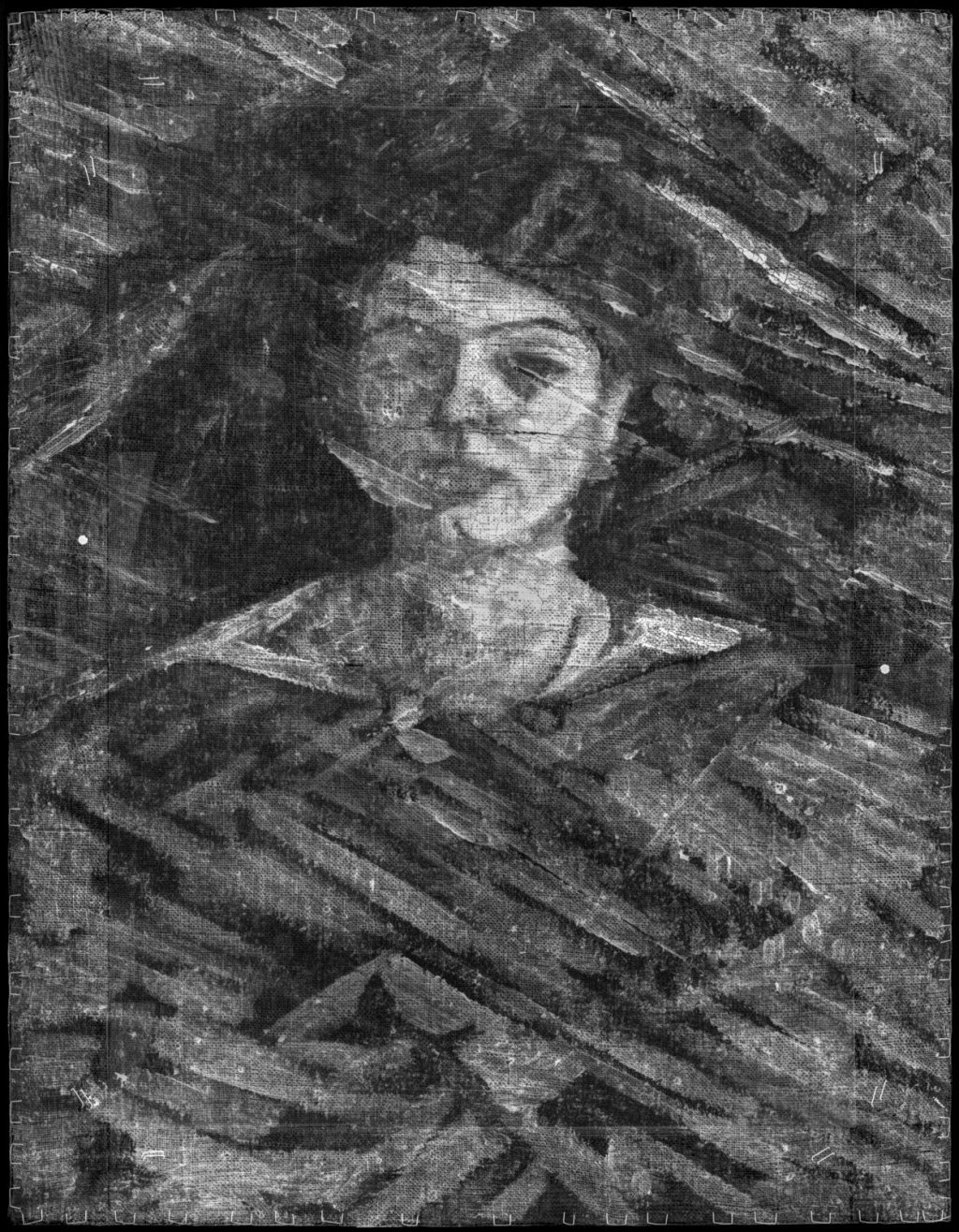
Generally speaking, there is no precise indication in the exhibition and catalogue of the analyses carried out on each painting and of the instruments used–the above mentioned “materials and methods” section of scientific reports is missing. It’s also a pity that the limits of each scientific methodology and instruments are not discussed. This topic would have been important, particularly for those who think that scientific exams can solve everything.
Besides, a wide effort of comparison with many other works of the same author, also studied through scientific exams, would have been important in providing more interesting results and in better addressing questions of attribution. A double register to display data in the exhibition could have functioned well: on the one hand, a show for the general public, on the other hand, one for those specialists who are able to evaluate and comment on the work that’s been done.
A few results from the research at Ludwig are nevertheless compelling: the finding of synthetic fibres that are more recent than the presumed age of some paintings (indirect dating), discovered in canvases and inside the painting surface despite the fact that the sampling zone was not indicated; the efficacy of carbon-14 to detect forgeries/works made after the so called bomb-peak of the 1950s, a method that due to intrinsic limits is not very informative in dating modern artworks from before the 1950s; incongruous materials found through Raman and FTIR spectroscopies as well as microscopic exams, although not all the data is well presented and left us wondering whether the results concerned only original areas of the painting.
Regarding the catalogue of the exhibition, there seems to be contradictions in a few of the entries. Moreover, important bibliography is missing and citations are not always correct or complete. For example, the work Painterly Architectonic by Liubov Popova, which is dated 1918 by Sarabianov and Adaskina in their important 1990 monograph about the artist is indicated as “former attribution.” The link between this painting and the very similar one in the Thyssen-Bornemisza Collection in Madrid (inv. 1976.17), signed and dated “L. Popova, summer 1918” in Cyrillic at the back is evident. In fact, the paintings are reproduced together in the catalogue and are also both exhibited. Surprisingly, the first is wrongly oriented horizontal just to facilitate the comparison between them.
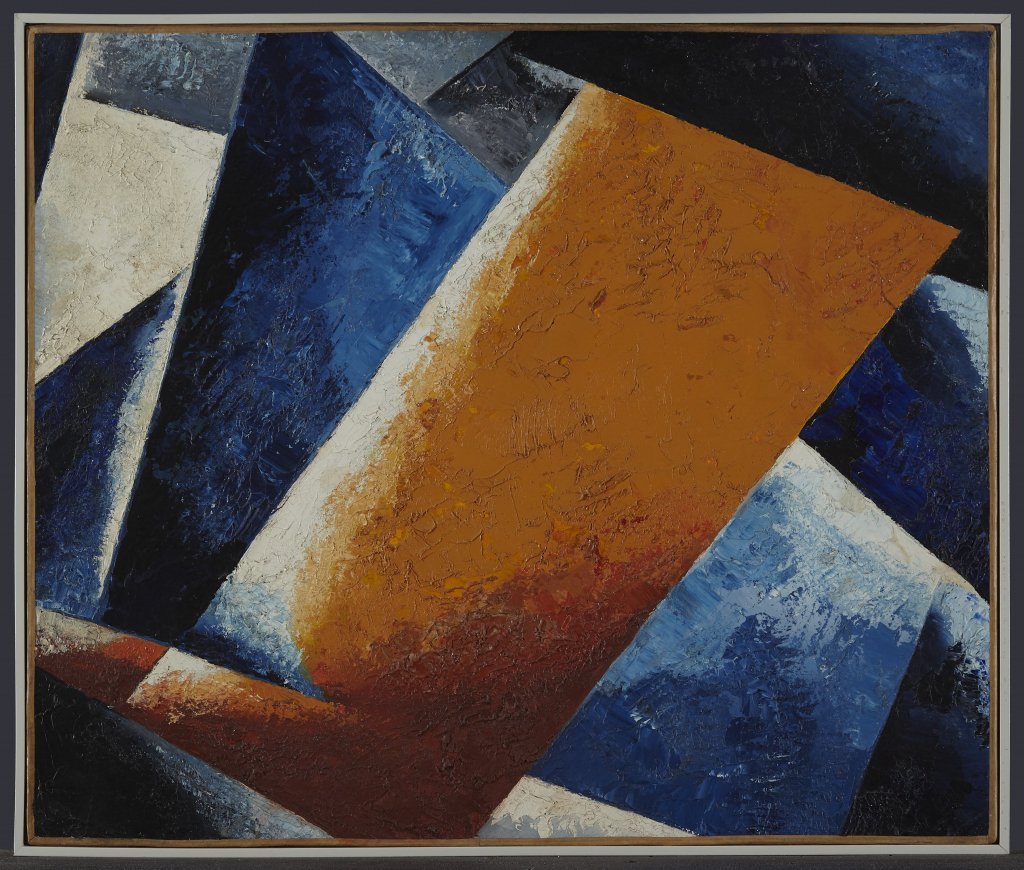
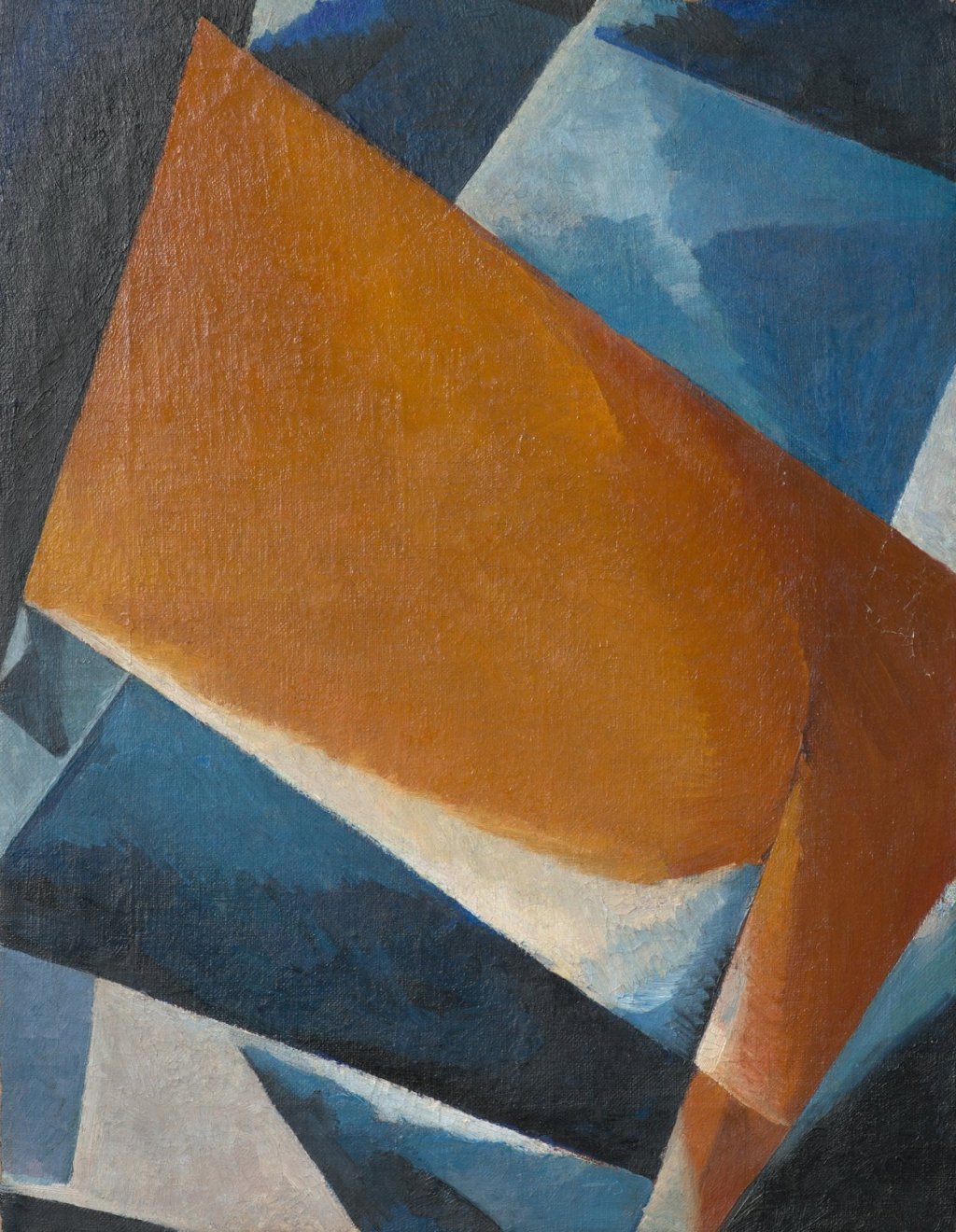
In this technical contest, where scientific data –until proven otherwise– didn’t demonstrate at all the incompatibility of the painting with the presumed period, the lapidary conclusion “former attribution” sounds quite shocking, especially because no other documents exist against the authenticity of this work. A statement like “although Liubov Popova worked through her ideas in series, there exists no other example where she repeated, almost exactly, a painting in size, composition, and color” (p. 168 of the catalogue) seems to contradict the previous catalogue entry, where two similar paintings by Liubov Popova are shown: Seated Female Nude, 1913-1915 (Museum Ludwig) and Air+Man+Space, 1913 (State Russian Museum, St. Petersburg), one very similar to the other.
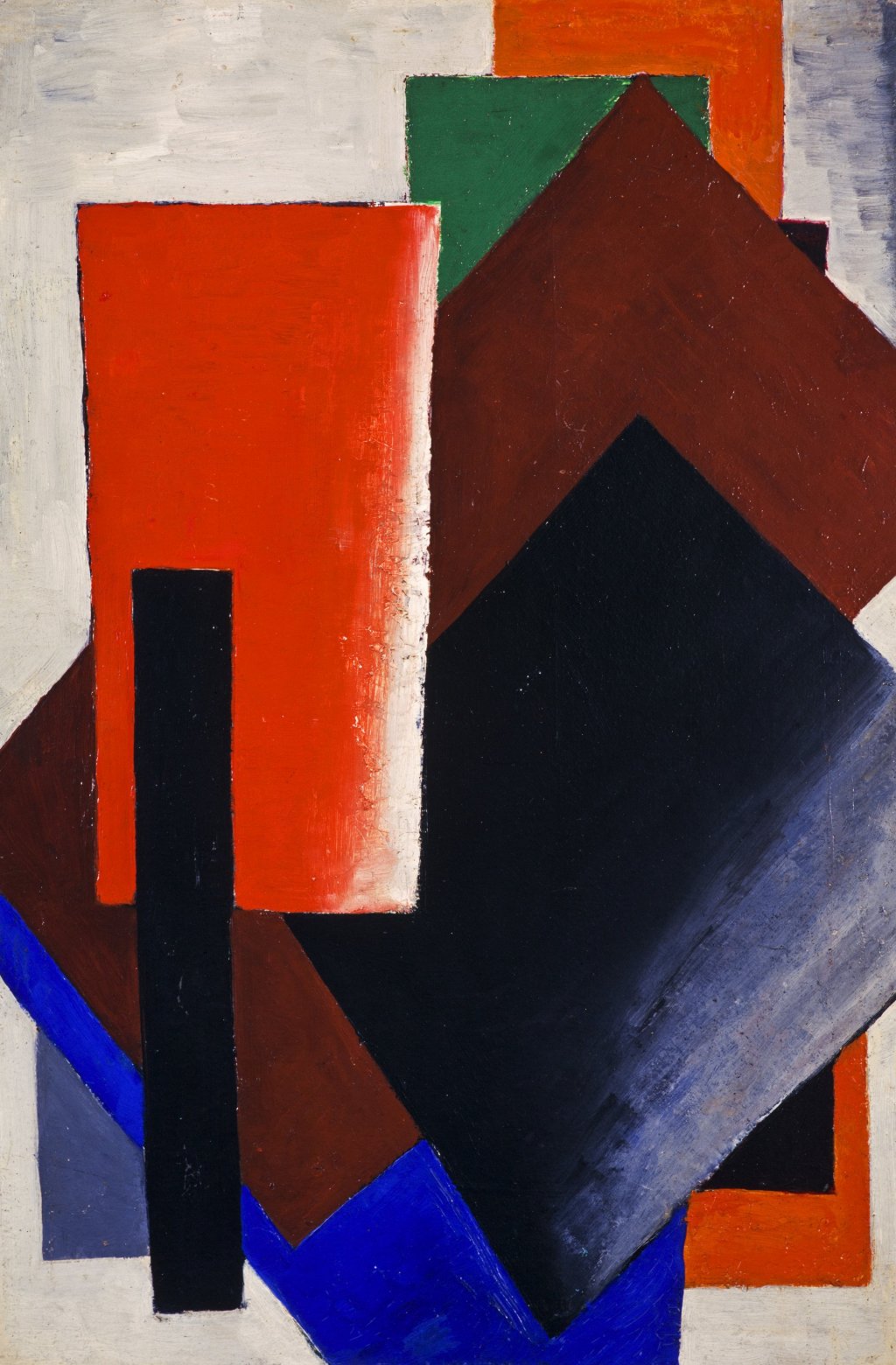
In the entry, the presence of a “red ocher ground” is marked as “a deviation” from the fact that “all the previous examinations of paintings known to be by the artist have established that white grounds were used.” The opinion of Gerner-Beuerle, who considered the work authentic and examined it about 20 years ago together with others by the same artist, is omitted. Clearly, a coloured ground cannot be a proof of inauthenticity, since such an exception could exist. For example, the artist could have experimented with a different ground for a second version of the subject–assuming this is the second version.
We can also point out that in some paintings by Liubov Popova from public collections, different colours (differentiated priming?) exist under diverse coloured shapes, like in Painterly Architectonic at the National Galleries of Scotland (1916). These differences might be a sign of overall rethinking or an intended gesture. Similar evidence can be partially noted with the naked eye in Painterly Architectonic in the Thyssen-Bornemisza collection (1918; inv. 1977.52). When historical sources, documents and scientific data don’t demonstrate anything against the originality of a work, prudence is needed. An ending phrase like “More investigations will be done to clarify the age of this painting” could have better suited this specific context, especially for the skeptics.
Other interesting issues arise about the Painterly Architectonic at Ludwig and the Thyssen one: they have quite similar dimensions (once rotated, the Ludwig version is larger) and the painted shapes do not overlap; the painting technique is different (brush is used in the first, knife in the second) as Popova used to do; the colours are almost identical. Has anyone made an analytical comparison among the pigments of both? Are they the same? Did the Ludwig attempt a carbon-14 test to date its version, trying to date the binder? Dating the canvas could imply an earlier period if reused. If the date of the binder is before the bomb peak, can we imagine a forgery made before the 50s? Was there a market for such an artwork at the time?
This painting is just an example of course. Yet if we look at the scientific proof presented in the catalogue or exhibition, we find strong analytical evidence to justify a change in period / attribution for only about 6 of the 13 paintings that the curators redefine as “former attribution” or “disputed” attribution” among the 24 subjected to analysis.
Despite its ideal, declared goals, a few aspects of the exhibition at Museum Ludwig are far from transparent, and the conclusion of some technical entries seem a bit too rushed. Entries were not written by scientists but presumably by the conservator and the deputy director of the museum, who curated the exhibition and edited the catalogue. The show is nonetheless interesting and appealing for visitors, but some conclusions are to be evaluated with a critical spirit. If you are a scientist involved in the scientific analysis of old masters and modern paintings, you crave for an institution that takes opportunities like this exhibition to chart a path of impeccable precision and reliability, which could guide other public and private collections as well as informing citizens. The crave is yet to be satisfied.
—
*Note: Gianluca Poldi is physicist specialised in non-invasive diagnostics of polychrome artefacts using portable instruments. He worked with various Italian universities and private laboratories. As a collaborator of the Visual Art Centre of the University of Bergamo (Italy) and as a consultant for many exhibitions and scientific projects, he carried out examinations on thousands of works in museums and private collections in Italy and abroad. He dedicated many studies to 15th-16th and 19th-20th century paintings, including Renaissance masters and Avant-garde artists. He published more than 200 works including essays, books and scientific papers.
December 9, 2020
